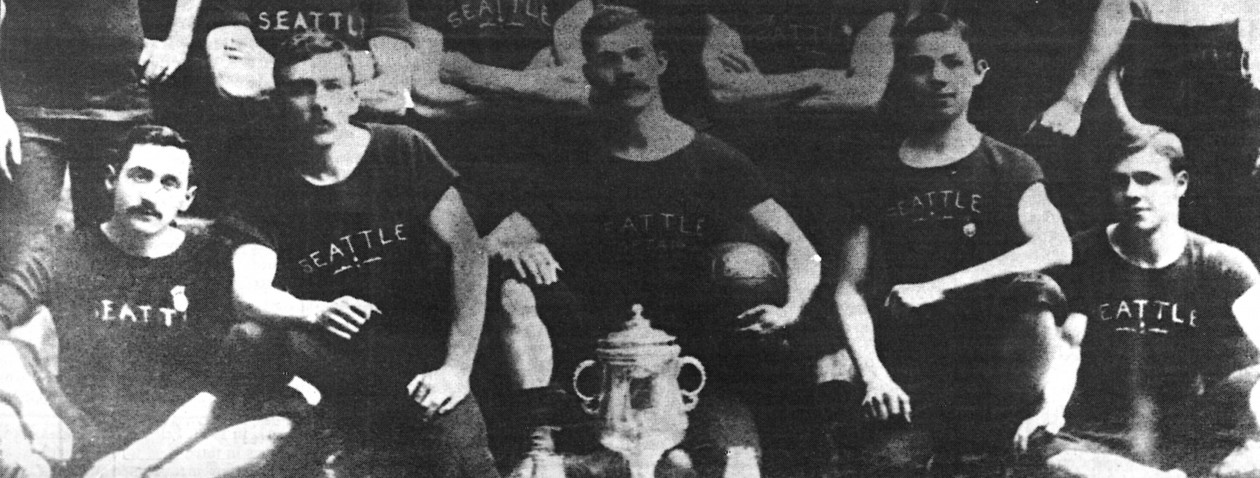In assessing the careers of Kasey Keller and Sigi Schmid it seems they should’ve locked-up an invitation to the Hall long ago. They appear to have what it takes in spades.
 For Keller, he was tracking toward this day for more than 20 years,
For Keller, he was tracking toward this day for more than 20 years,
beginning in 1989 when he shined at that U20 World Cup. By 2005 he’d been U.S. player of the year three times, made three World Cup rosters, broken new ground for Americans in Europe and blanked Brazil in a performance for the ages. Yet he kept on going for another six seasons, in the end coming home to remind those in MLS what we’d been missing all those years.
 Similarly, Schmid seemed to have done it all before the Millennium, winning three NCAA crowns at UCLA. In his first five seasons with the pros, his teams collected the domestic royal flush: Open Cup, Supporters Shield, MLS Cup and CONCACAF Champions Cup. And still on he pushes, with trophies piling up.
Similarly, Schmid seemed to have done it all before the Millennium, winning three NCAA crowns at UCLA. In his first five seasons with the pros, his teams collected the domestic royal flush: Open Cup, Supporters Shield, MLS Cup and CONCACAF Champions Cup. And still on he pushes, with trophies piling up.
Both Schmid and Keller started down this path when an American seeking a career in soccer was crazy talk. Full-time college coaches were few and far between, and if Keller wanted to make a living on the pitch in 1992, there was no stateside alternative. Indoor was dead and outdoor had yet to be resuscitated.
Like Washington’s other representatives in the Hall of Fame, Schmid–whom we share with his native Southern California–and Keller have played the part of pioneers. They’ve taken the less-traveled road, and after arriving in the clearing, they’ve rightly basked in some limelight.
Of course, nobody got into the soccer business for purposes of celebrity, at least not those on the recent HoF ballot. It was a devotion, an irresistible calling. The game has pulled countless beings into its orbit, and we are the better for it.
Washington’s all-time HoF contingent is in some ways a microcosm the game’s evolution across the continent. Barney Kempton (an inaugural inductee in 1950), Vic Weston and Ed Craggs were essential in forming the foundation of our soccer community, initially as players and coaches, then in the thankless role of administrators. As such, they grew the game, whether mailing out rule books, contributing reports to the newspapers or chalking lines at Lower Woodland.
the game’s evolution across the continent. Barney Kempton (an inaugural inductee in 1950), Vic Weston and Ed Craggs were essential in forming the foundation of our soccer community, initially as players and coaches, then in the thankless role of administrators. As such, they grew the game, whether mailing out rule books, contributing reports to the newspapers or chalking lines at Lower Woodland.
Beyond being top-class referees, George “Whitey” Craggs and Tom Webb were on hand for the boom in homegrown participation in the 60s and 70s. If Whitey didn’t ref your game, chances are that he assigned the person who did. Webb served as state youth president and later US Soccer VP.
The Seventies featured the advent of Title IX and opportunities for women and girls. Michelle Akers and Shannon Higgins were among those who made the most of it, demonstrating American women’s international might. There may have been little fanfare the first time around. However in winning a second World Cup Akers and her fellow 99ers played to a vast, adoring audience.
Now the men’s national team and professional league has found solid footing, with Schmid, Keller and Preki (an MVP with Tacoma Stars and 2010 inductee) playing their part.
Certainly this is a year to rejoice. These are most worthy recipients, and for the first time there are multiple inductees with Washington ties.
While the floodlight is focused on this corner of the country, it’s also an opportunity to educate and increasingly beat the drum for those who should also join the National Soccer Hall of Fame, players such as Chris Henderson and builders like Mike Ryan and Cliff McCrath. It has taken not just a village but many generations to reach this point.
Who should be next from our state, and what’s the best way to make their case. And if not a national induction, how can they be recognized?
